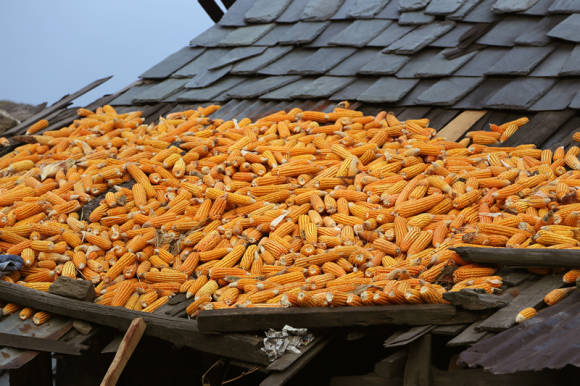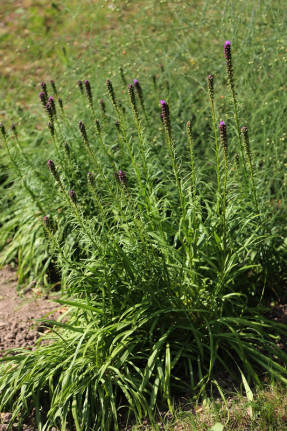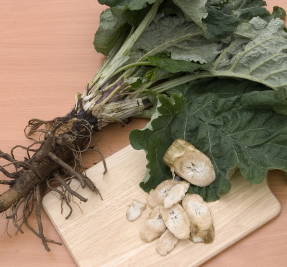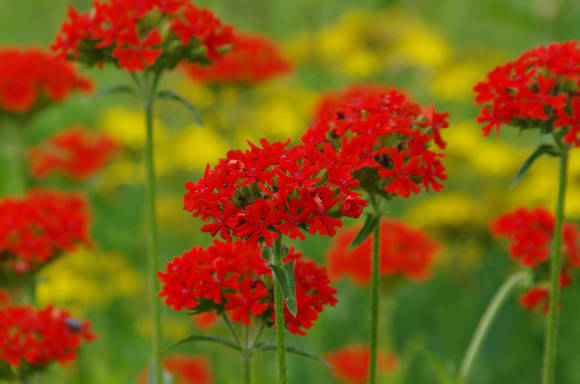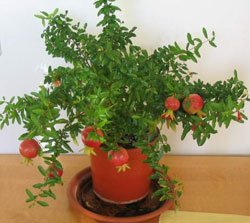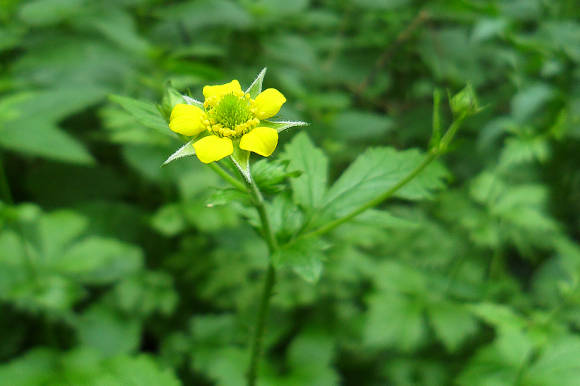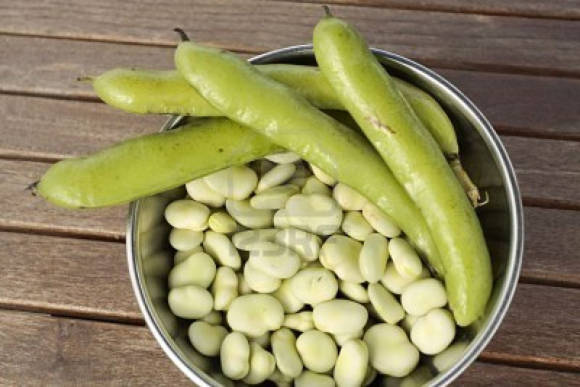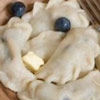End of cycle "Perennials easy to care for" beginning in articles:
- Perennials, easy to care for
- Astilbe, small petals and heliopsis
- Yarrow - a thousand leaves and flowers
- Loosestrife, or weeping grass
- Buzulniks, highlanders, burners
- Geleniums - flowers of autumn
- Physostegia and chelone
Ferns are not well known among gardeners. Although today the choice of varieties is quite extensive. There are up to two hundred species of kochedyzhniks alone. The most famous ferns are: female kochedyzhnik (Athyrium filix-femma) and Japanese(Athyrium niponicum),mnogoryadnikbristly(Polystichum setiferum),shields(Dryopteris)austrian, male, kindred, ostrich (Matteuccia struthiopteris) and leaflets(Phyllitis).

Ferns in garden design
All ferns, except for leaflets, have frond openwork, of various colors and heights. From ferns alone, you can create a flower garden in partial shade, with the addition of other shade-loving plants (host, rogers, geyher), it will be quite beautiful. You just need to remember that ferns are unattractive in spring, spring flowers (anemone, blueberry, chionodox) can help out if they are planted between ferns.
Subject to agricultural technology, ferns in the garden are practically not affected by diseases and pests.
The soil
The soil for them should be loose, not very acidic (pH within 5-6). For acidification, it is recommended to add peat, rotten leaves, needles, and sand to the garden soil. Ferns grow best in partial shade.
Transfer
Ferns do not tolerate transplantation well, the root system grows slowly. During this period, they need a lot of water. Moisture is necessary for all ferns, both forest and rocky, especially in spring. When watering, you need to make sure that it does not fall on the frond.
An assortment of unpretentious ferns
At the female kochedyzhnik (Athyrium filix-femma) fronds are delicate, delicate, painted in light green tones, on greenish or reddish petioles (Lady in Red, Veronia). The Japanese kochedyzhnik (Athyriumnipponicum) decorative leaves with a metallic sheen and different shades of red tones (Burgundy Lace, Ursula's Red).
 |  |
Vayi mnogoryadnika bristle-bearing (Polystichum setiferum) have serrated edges, and each denticle has a bristle at the end (Kongestum, Plumoso-Densum, Herrenhausen).
Male shieldworm (Dryopterisfilix-mas) - native Russian plant of forest regions of the European part and southern Siberia (Altai, Sayany). The specific name "masculine" is given for the coarse leaves as opposed to the delicate feminine ones. The most interesting varieties: Kristata, Krispa Kristata.
Clinton's shielder(Dryopterisklintona) - one of the most interesting and favorite ferns by me, it is graceful, compact, with double-feathery fronds. Have a relative (Dryopteris affinis) there are many varieties of different heights. Polydactyl Dadds is a pretty variety, I call it "ours for you, with a tassel", the leaf itself is quite wide, the feathers are narrow, as if separated from each other, and at the ends they have branches with flat tassels.
 |  |
Common ostrich (Matteuccia struthiopteris) - a versatile fern capable of growing in a variety of conditions, winter-hardy (zone 2). Grows well in shade and sunny areas, on poor and rich soils. A large, rapidly growing fern, in the Moscow region grows from 40 to 120 cm. The species fern is quite aggressive. It is recommended to plant it in single plantings or on the banks of reservoirs, where it is possible to limit its growth. And varietal ostriches behave quite decently and do not seize other people's territories. The fronds of ostriches are similar to an ostrich feather, they are wide, light green in color, and the large bush is attractive and looks like a green fountain in the garden.

Leaflets or leaflets have a completely different leaf shape. They have whole, lanceolate leaves on short petioles. In our gardens, one species is used - an ordinary leaf, or centipede(Phyllitis scolopendrium), with a different leaf shape: with whole leaves, slightly wavy at the edges - angustifolium, with bifurcated leaf ends - cristatum, with pointed leaf tips - undulata, with forked ends - furcatum. In nature, the leaflet grows in forests on limestone rocks, so in the garden it should grow on a humus-rich limestone soil between stones.

Photo by the author
